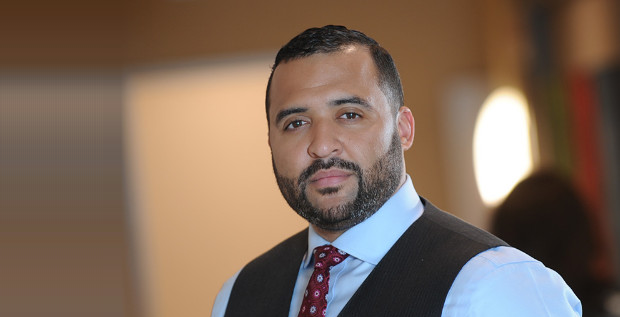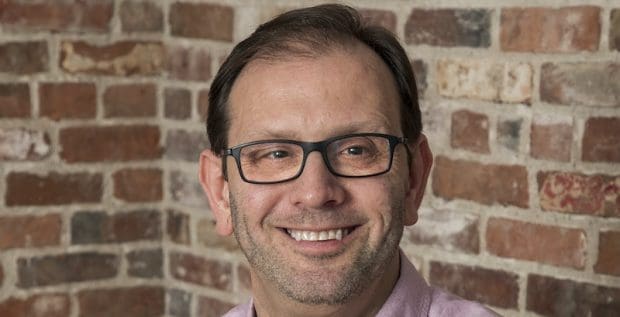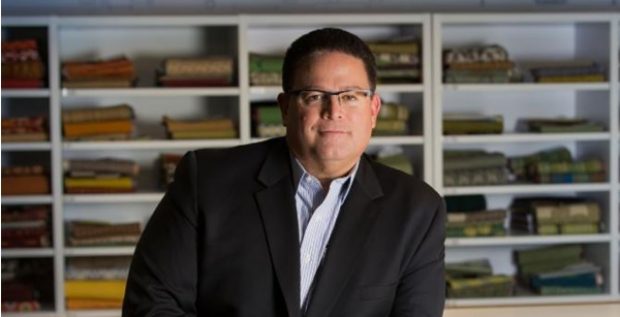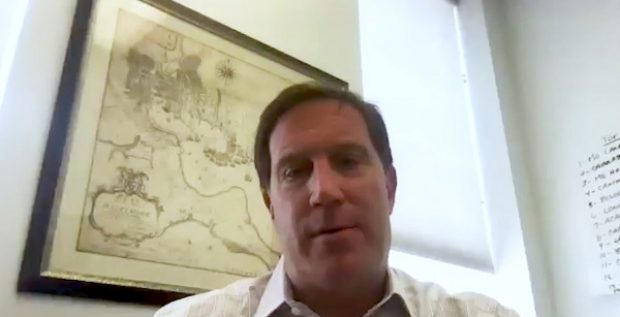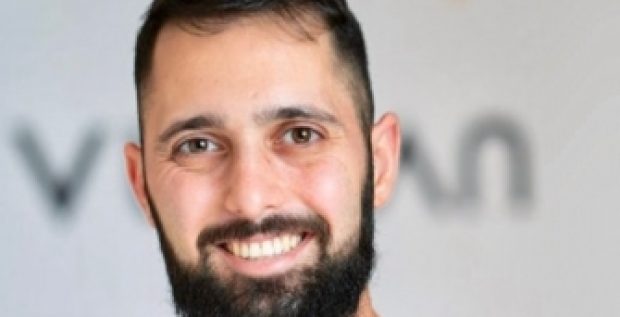David Tohn is the CEO of BTS Software Solutions, as well as its subsidiary Verb8tm, a captioning and transcription company. BTS Software Solutions provides application, systems, and web development services to government and commercial clients such as the U.S. Army, the Department of Defense, CACI, and Towson University. Verb8tm, whose clients include the University of Maryland and NPR, offers a comprehensive suite of speech-to-text products at the cutting edge of audio and video technology. A 24-year Army veteran who was deployed into combat six times, David brings a unique perspective and proven leadership ability to his positions at both companies. Last December, Under Armour and Baltimore SmartCEO magazine bestowed him with the Game Changer Award at SmartCEO’s 2015 Circle of Excellence Awards. Under his leadership, BTS has earned numerous company-wide honors, such as the Chesapeake Regional Tech Council’s Innovator Award and SmartCEO’s Circle of Excellence Award for Small Technology Business, GOVStar Award for Star Workplace for Emerging Business, and Cornerstone Award for Howard County Small Business.
Q. How did your experience in the Army influence your leadership style now?
DAVID TOHN: My early experiences in the army on leadership, management, growing people, being grown, have been instrumental all the way through. I had 172 people as soon as I was commissioned and went to my first assignment. There are a couple of things I learned from that. One: trust your people. They better be smarter than you. I would go to them and say, “What’s my opinion on x?”—because I had no background, and they had tremendous background. It built a two-way loyalty, so they knew that I valued their opinion, that they were certainly the ones running things. And, particularly that young in my career, they were mentoring me far more than I was leading them. That was important.
The second thing I learned, which I’ve carried through, is that no one wakes up in the morning saying, “How can I mess up today?” They’re all trying to work hard, and what they need are the things that a leader is supposed to provide: guidance, priorities, and resources, and then underwriting honest mistakes. Four years of doing that gave me a lot of experience—“experience” is another word for scar tissue. The scar tissue from there has certainly informed decisions as I’ve gone forward, and it’s been reinforced and added to over the rest of my 24-year career.
Q. How did the company get its start?
A. BTS was formed out of Berico [Tailored Systems], which Guy [Filippelli] was one of the founders of, in order to put 3G cellular into Afghanistan. The purpose was saving lives for the soldiers and the Afghans who are out on the perimeter, out on the ring road and at entry control points and checkpoints. The two co-founders—Sean Lane, former Air Force Captain, and Craig Cummings, co-founder, the gentleman who worked with and for me—spun out of Berico, created BTS, and were wildly successful in putting some pretty cutting-edge technology into Afghanistan. The Army loved Praefectus, the network management software that was associated with that project, and bought the entire license, and now it is government owned. So, BTS evolved to BTS Software Solutions in order to do the continuing development. We just shrinkwrapped version 6.1.1 a couple of months ago.
Q. What was the founding vision?
The vision that BTS was founded around was putting what we took for granted here in the U.S. and the developed world—3G cellular, which allows you to move data—and push it out in the battlefield, so that you can move data-intensive information out to soldiers who are on the cutting edge. They called it the “last tactical mile.” The idea was “let’s put some hardware out there, some very miniaturized cell towers that you can establish a network where you needed it. Let’s make sure it’s secure. Let’s make sure that we can have a very low cost hardware requirement for the soldiers”—they use, essentially, commercial cell phones, smartphones—“and let’s create a network management system that was designed so that a 21-year-old kid with 3 hours of sleep at 4 in the morning could operate multiple networks, and manage them, and do provisioning.” So, the vision was “How do you get a capability into the battlefield that is usable and designed for that environment, and is rugged and sturdy and secure?” When they put that into Afghanistan, the first use case was biometrics. Out at the checkpoints, particularly out in the hinterlands in Afghanistan, you would have Afghans come through or try and get on post, and you’d take a thumbprint or retinal scan, and it would take literally days or weeks for that data to get back to the biometric database. Say that David’s a bad guy. [You’d] come back and say, “hey, arrest David,” but that was a week ago, so it’s really not useful. But, if you could capture that biometric piece, send it back over like we do every day now—send files over 3G we are getting answers back in minutes: red light, green light. It just helped with forced protection, it helped roll up some bad guys, and it helped protect the lot of Afghans. That was the vision, and it was very successful.
Q. You and brothers Dan and Craig Cummings took ownership over BTS last year, turning it into a Service Disabled Veteran Owned Small Business. Can you give us some insight into making that decision and some of the challenges you faced in establishing the company’s new direction?
A. At the height of reacting to that impact, Dan, myself, and Craig looked at it and we saw there would be an operational advantage to become Service-Disabled Veteran Owned. Our people in BTS are our number-one priority and so even when we were doing this dramatic cost-cutting, one of the examples that they like to point out to us we is that never touch benefits, which is the single biggest cost outside of salary, but that’s part of our culture—it’s part of our people. So, we took a lot of other, very hard decisions—protected the benefits, protected the workforce, protected the work environment—and I think it helped build a team that’s ready to go through some really interesting growth periods.
Q. Where would you like to see BTS in five years?
A. Our five-year growth plan is really to stay true to our nature on solving these hard problems, being agile, remaining a small company—because that allows us to pivot through problem sets and bring on skill sets that we need to solve and not get trapped in a true services, low cost technically acceptable government work. So, we see it staying in that space. All of the technologies we are working or we brought on are all commercializable. We’ll finalize a deployment of the compression algorithm we’re working on to a missile defense agency in the fall. We are already exploring commercialization opportunities for that, so we see that as the next use of that technology—again back to the original concept of government and commercial work, so we see a biotech component to it. There’s also an air spacial industry component to the telemetry compression. We’ve retained the IP for the work we’re doing with DARPA, and that will move us into academia and research community, and supporting data management in those sectors. So, continuing to develop new interesting things with the government but taking that intellectual property, pivoting into a commercial space and then commercializing those. I couldn’t tell you whether those would become spin-off companies down the road, or if they would stay internal. We’re just not there yet to have that conversation.







